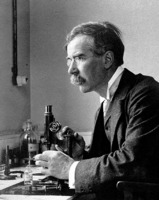-
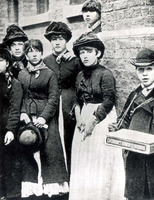
-

-
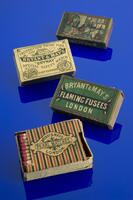
-

-
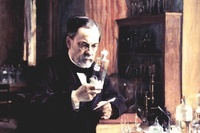
-

-

-
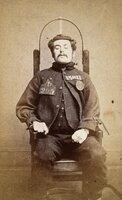
-

-
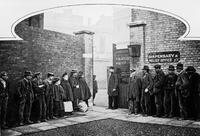
The St. Marylebone workhouse was an institution that would provide support to the poor of London. It was also a place where poor pregnant, unmarried women could go for support, in fact in 1857, 76 percent of the workhouse births were unmarried women. However, in order to receive support, able-bodied women were forced to live and work in the workhouse and also would have faced harsh conditions. With St. Marylebone officers supporting premature weaning that would separate women from their children shortly after giving birth, so that they would go back to work.
-

This item depicts a lecture given by Edward Murphy, a Professor of Midwifery at University College London, where he mentions only the contributions of men, like the use of forceps by Peter Chamberlen and craniotomy by Mauriceau (used for breach births) for the development of the field.
He stated that William Hunter “gradually took the place of the midwife, was, in fact, superseded, except in the lower classes.” and “Hence, during this century, midwifery had been undergoing a gradual change in its character. Previously, it had been very much neglected; left altogether to midwives, unless the efforts of Nature failed in completing the delivery; then, the "man-midwife" was called in.” Asserting the contributions of men on the medical field for upper and middle-class women.
-
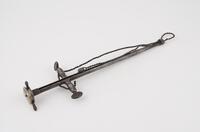
-
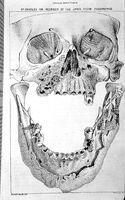
-

-
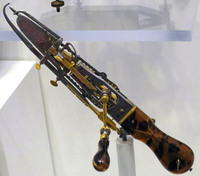
-
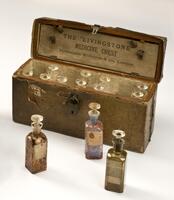
This medicine chest was created by the Burroughs Wellcome and Company, named after David Livingstone, and was often given for free as publicity for the company. This one was with Algot Lane, a Swedish-American explorer, on his 1911 expedition to the Amazon jungle in Brazil.
It contained a variety of medicines, including a large amount of quinine to help prevent malaria. It also had a vareity of different pills and tablets.
-

This is an excerpt taken from the Pharmacopoeia of the Royal College of Physicians, of London in 1851 showing the use and composition of Chloride of Mercury, of calomel. Which states it’s use as an “extremly effective purgative,”
-
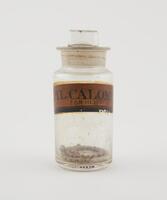
This bottle of a tabloid form of calomel could have been used in a medicine chest, similar to the rosewood medicine chest.
-

This Rosewood Medicine Chest included a Tall rectangular rosewood medicine chest with 13 labelled glass bottles, a balance, and 2 types of weights, which could have been used domestically or by a medical practitioner. One of the bottles in the chest was calomel, a purgative.
-
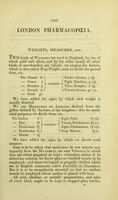
This is an excerpt from the Pharmacopoeia of the Royal College of Physicians, of London from 1851 which was the last edition published before the creation of the British Pharmecopia in 1864.
This page is an example of how attempted to create standard practices, by breaking down and explaining the different weight and liquid measurements that will be used in the following recipes.
-

-
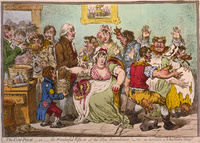
-
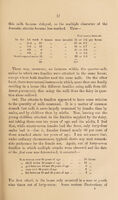
-

-
